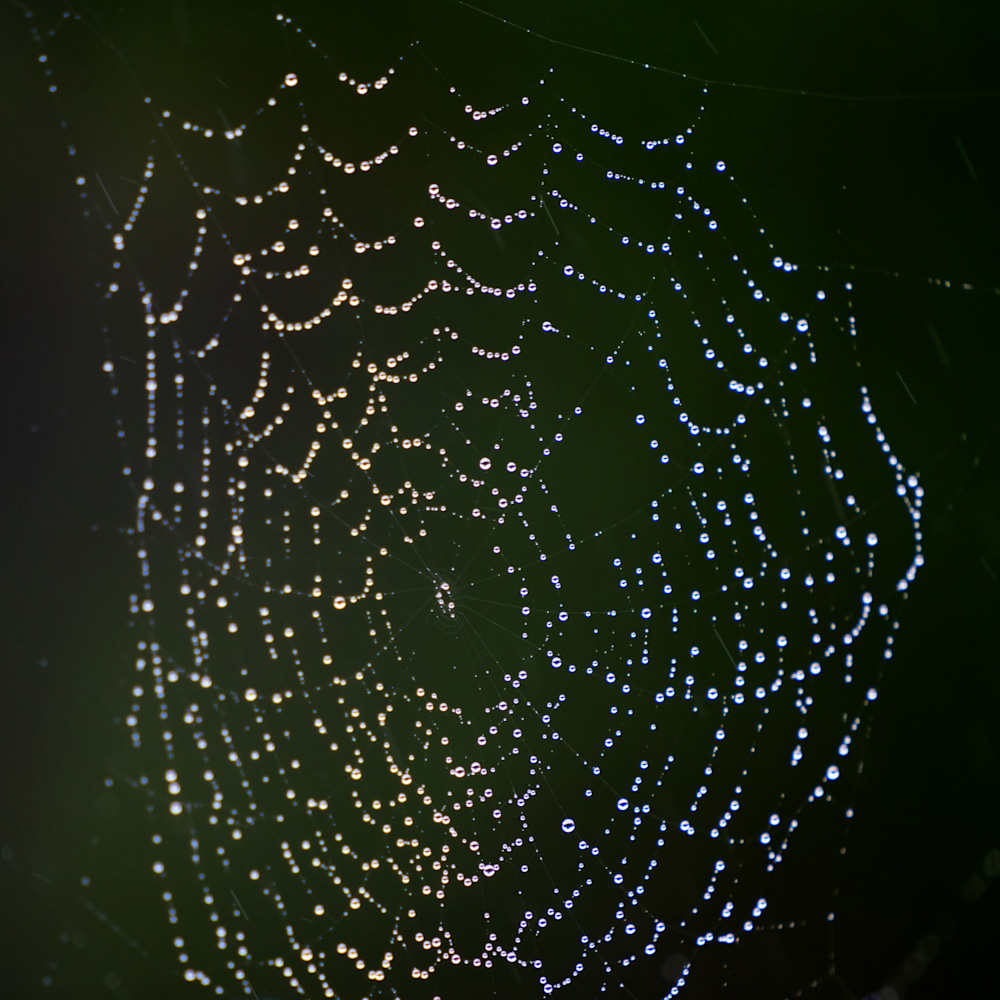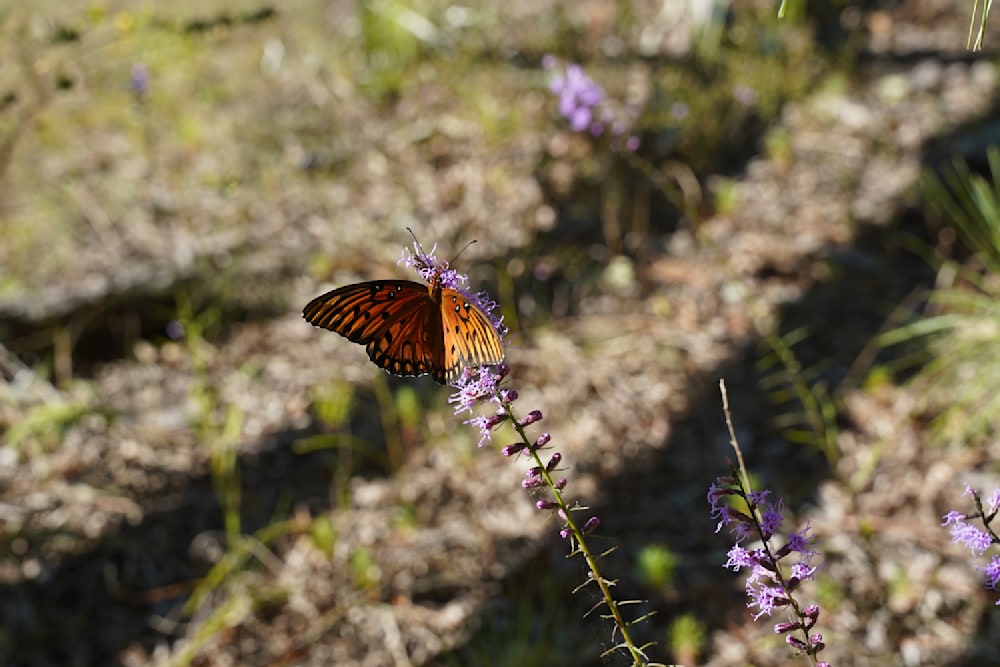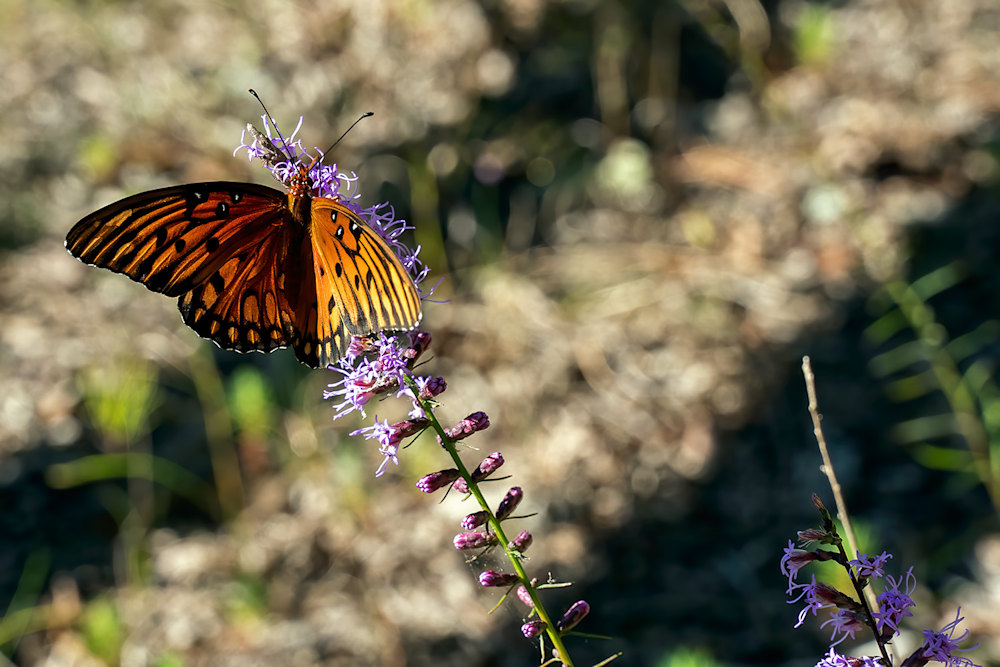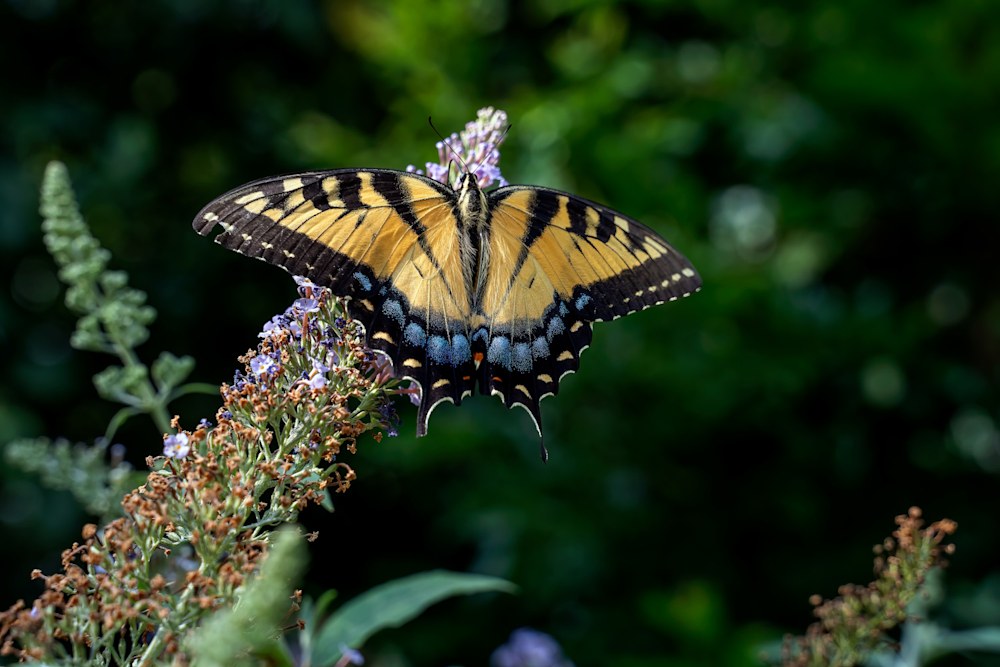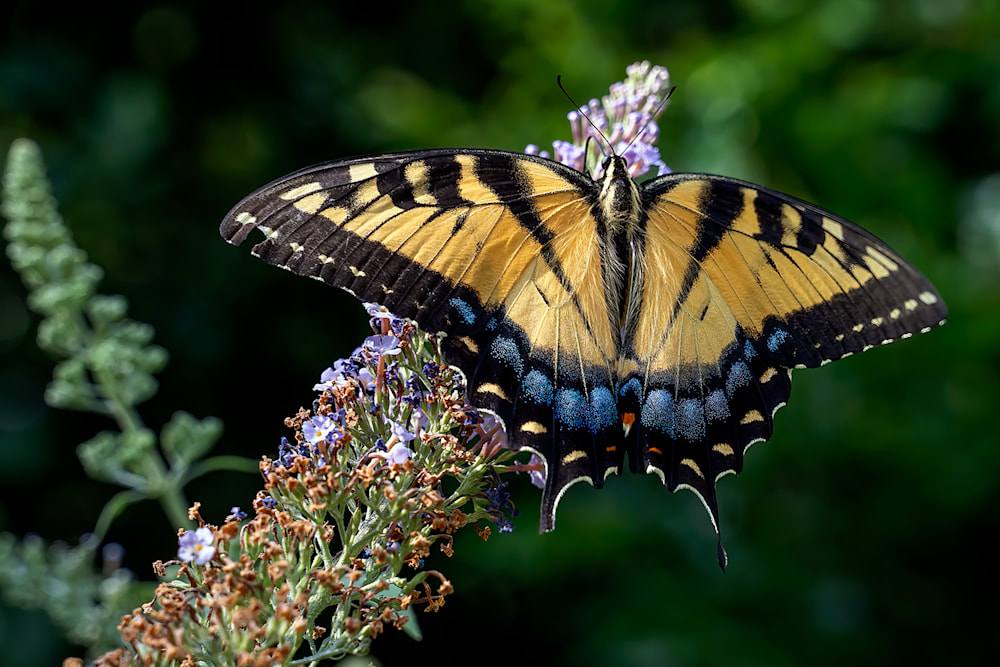I’ve been playing with focus stacking because it can result in spectacular results.
The sharpness and three dimensionality of this image are a combination of using a telephoto lens for a flat perspective and focus stacking to generate the depth of focus.
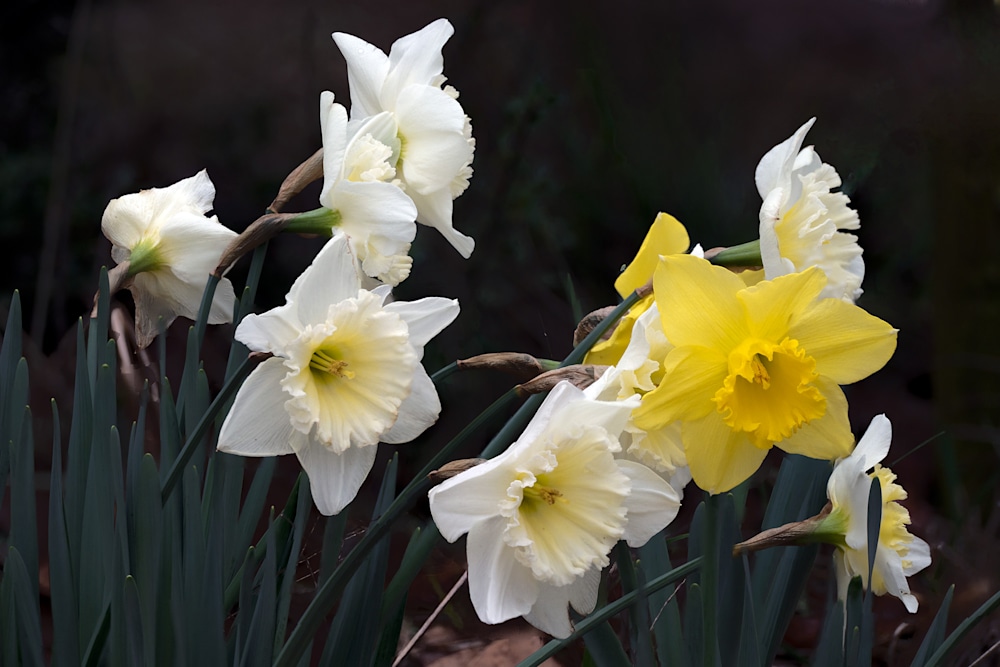
It can also fail spectacularly.
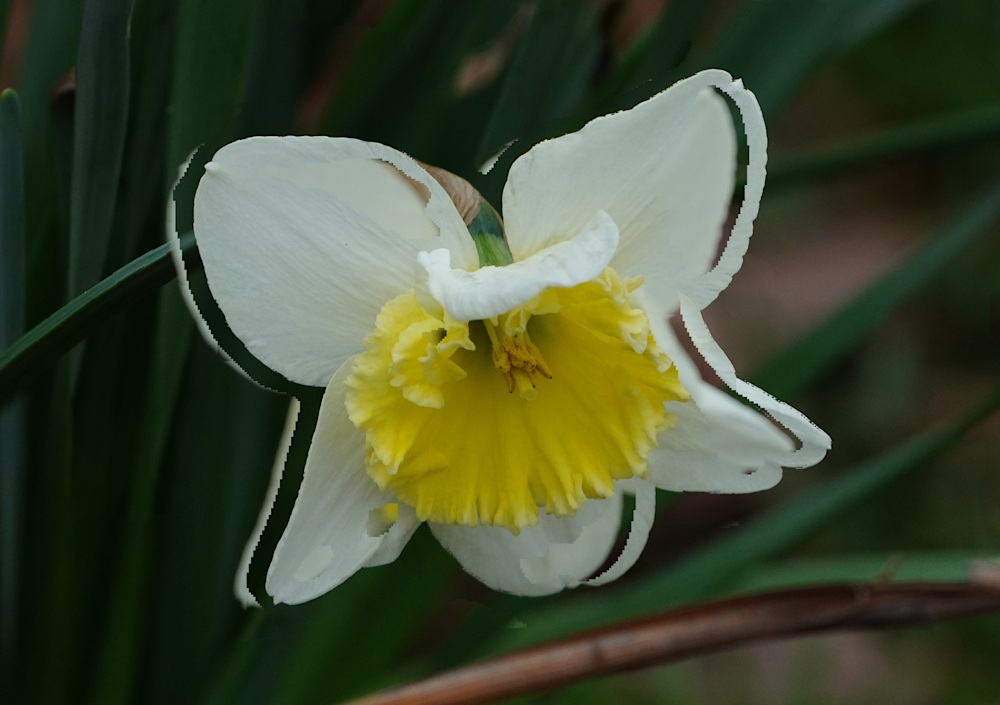
and
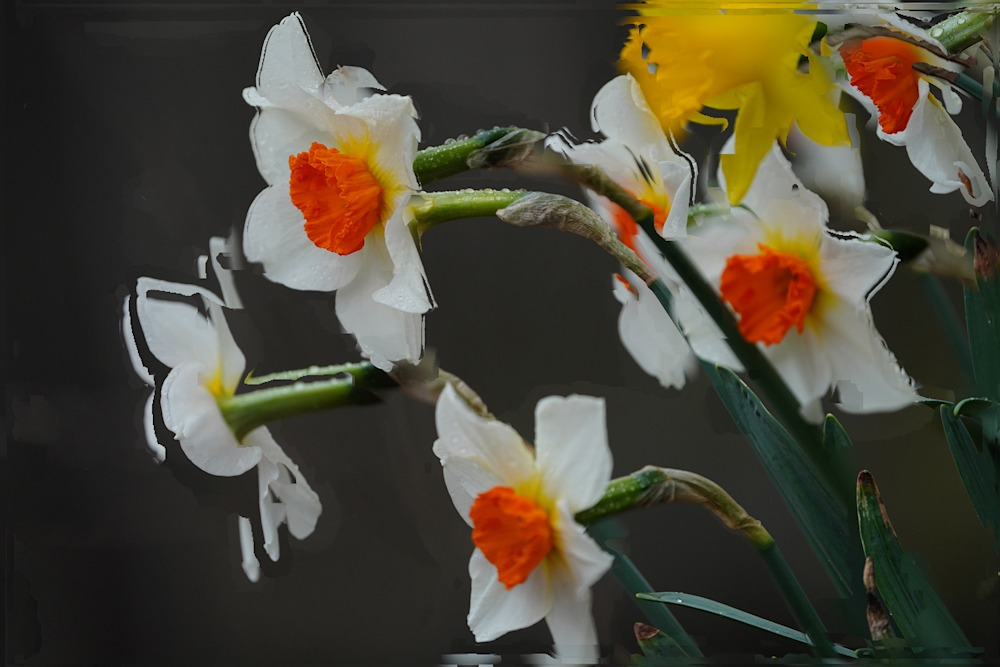
There are a couple of simple ways to fail:
- Move the camera. Ideally, you would use a tripod, but I can usually hold the camera still enough. Especially if I lie on the ground and brace like I was doing target shooting.
- Use too few focus layers. Nothing like having blurry stuff in the middle.
- Let the subject move. Windy days are heck with flowers.
- Align Jpegs rather that raw images. Jpeg images will vary in their color normalization and will generate odd color patches in the output. You can spend some time blending those by hand, or you can use the raw data which should have constant normalization.
It works surprisingly well when you get it right. I’m looking forward to trying this with landscape photography. The allure of a sharp, sharp foreground and background is hard to pass up.
For more of my work please see www.robertharrisonfineart.com

